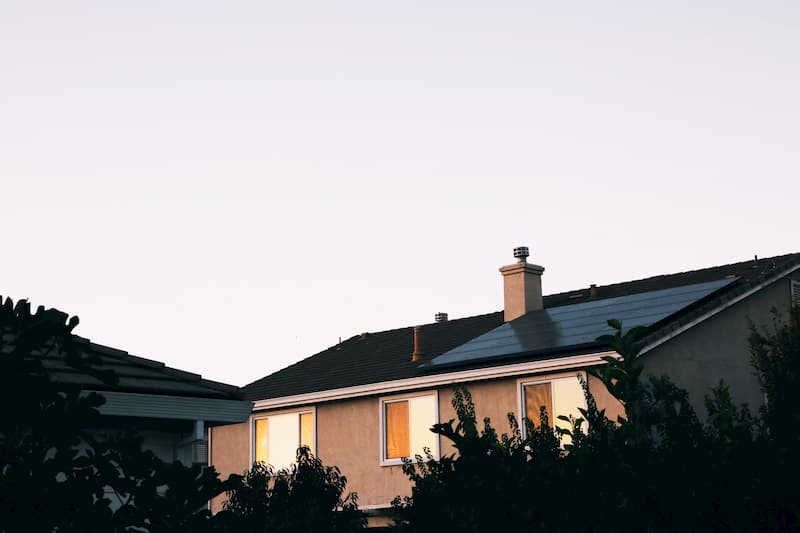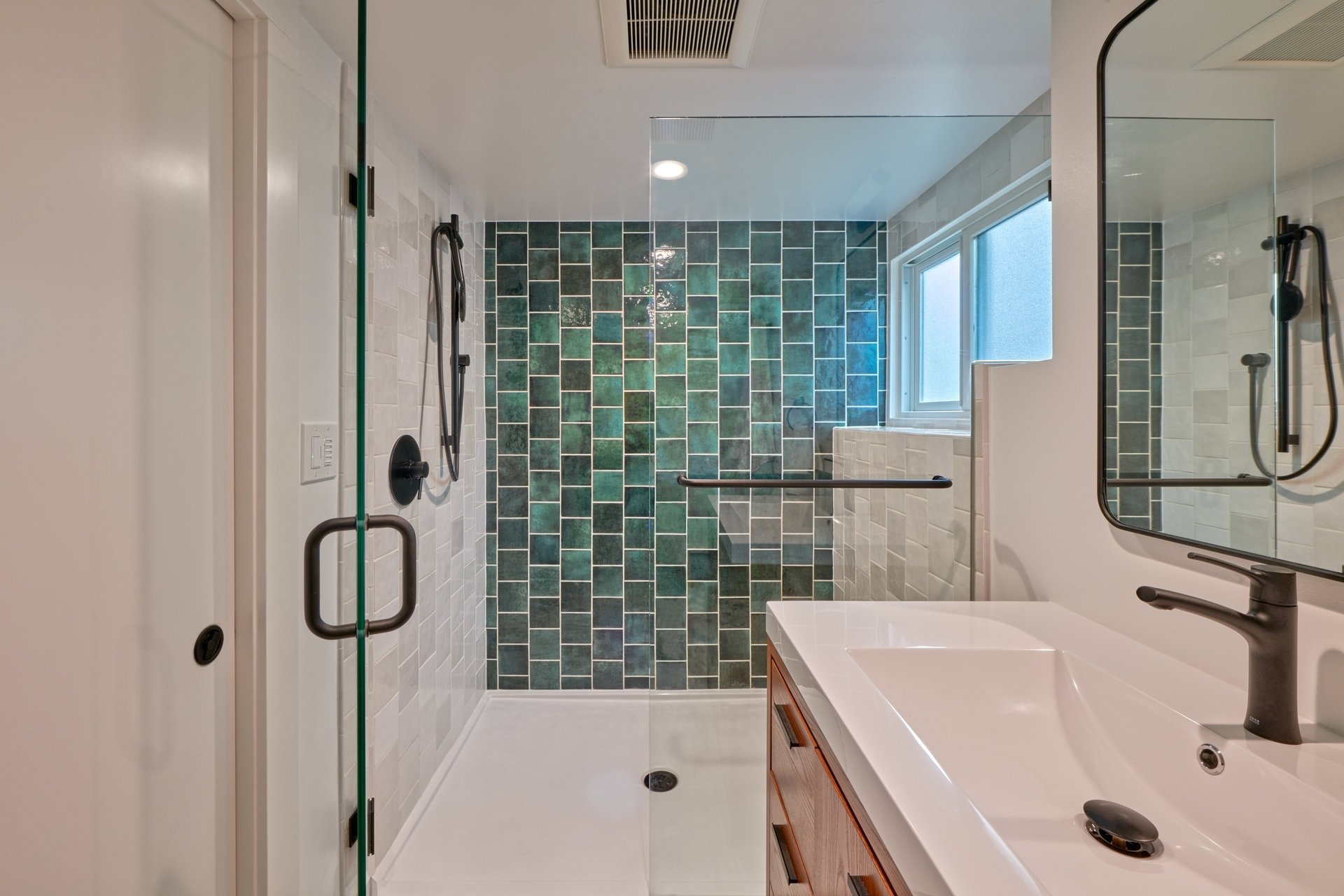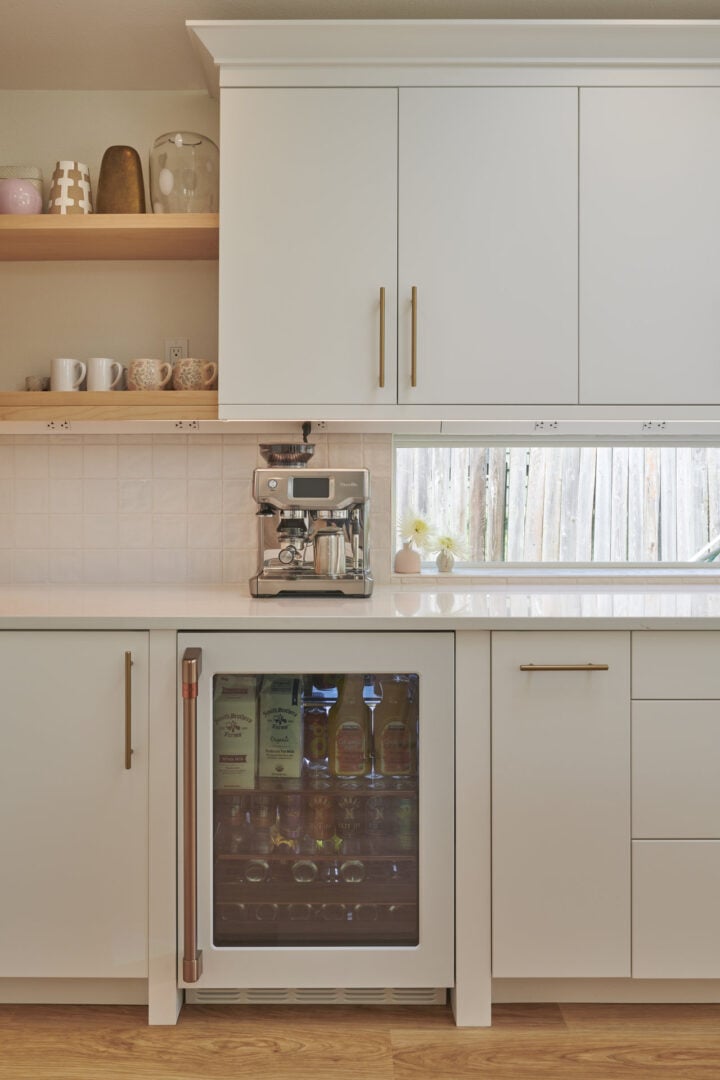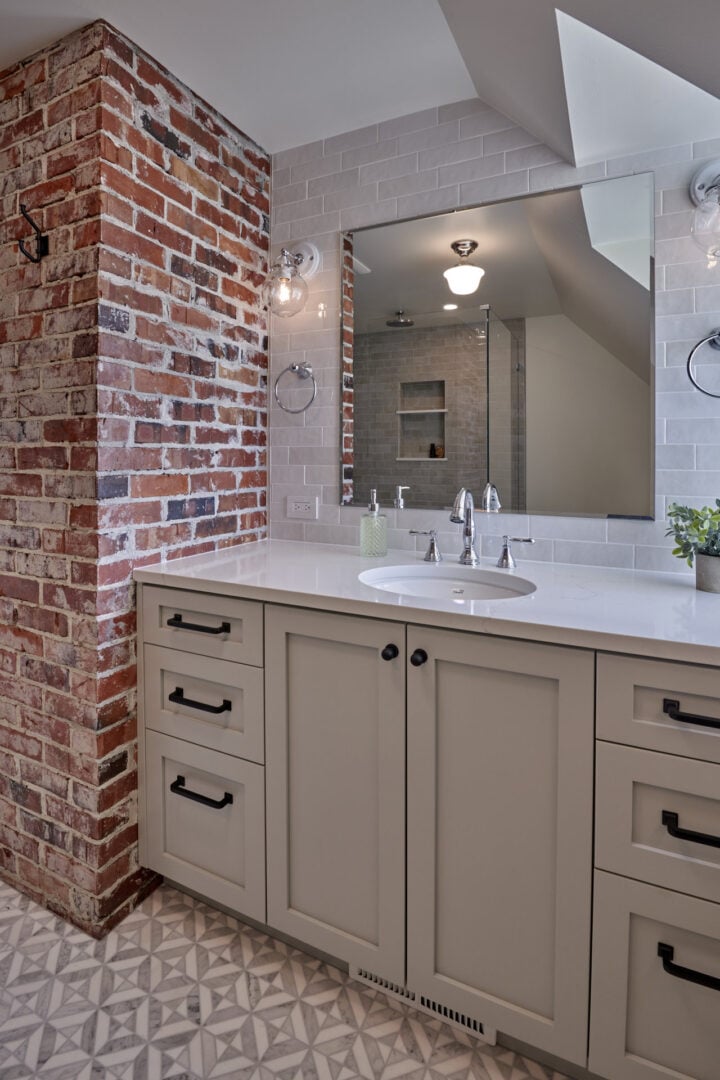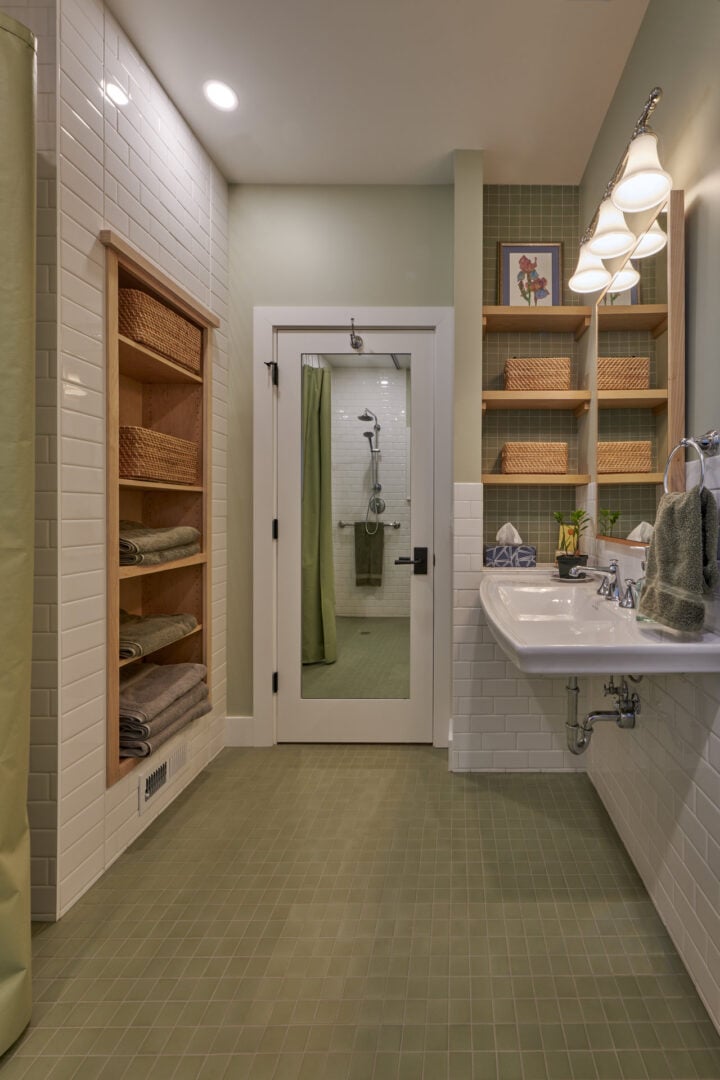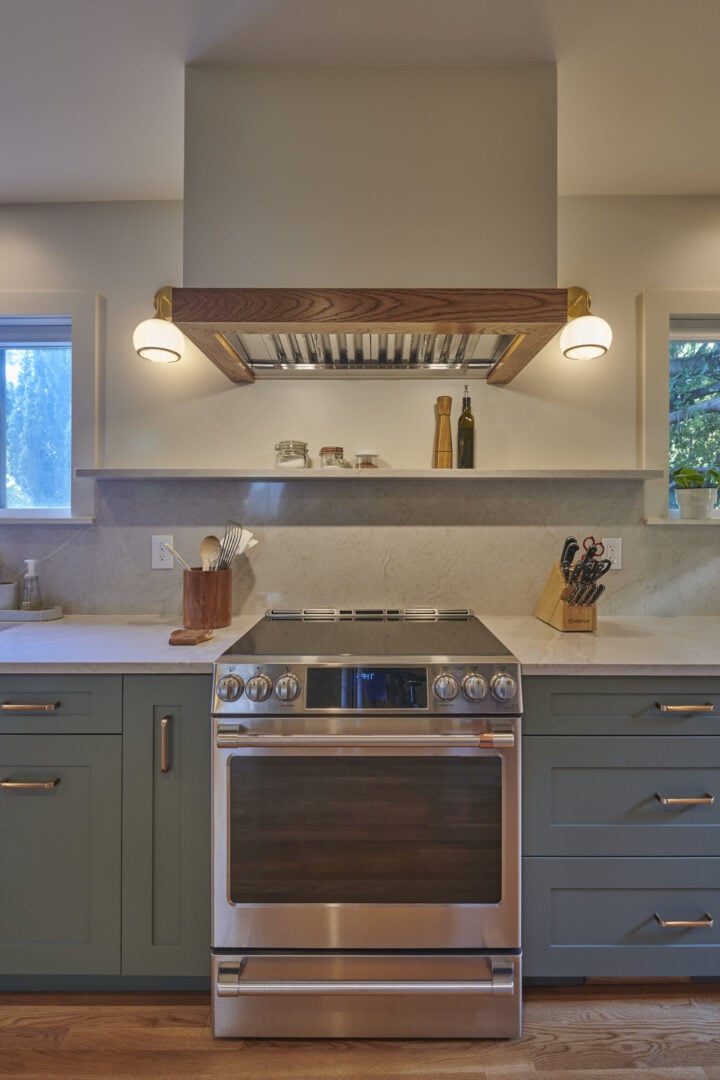When you start planning a remodel of your home, you will be faced with many choices, some of which can make a big impact on how much energy you use. This in turn can determine how much (or how little) your utility bills will be for decades to come. In short, a little extra thought toward efficiency now can have a sizable financial impact over the years. Here are our top seven environmentally friendly remodeling projects that can make a big impact on your wallet.
Why consider environmentally friendly features in your home remodel?
There are many reasons why you might want your home to perform better and use less energy. They range from wanting to help fight climate change by reducing your carbon footprint to seeking to increase your home’s value and save money on your monthly utility bills. By making smart choices when you remodel, you are able to do all of the above.
Now, let’s dive into the list of top energy-saving projects you can incorporate into your next remodel. Get ready to save some money . . . and reduce your environmental impact!
Get a home energy audit
The first step in making your home more efficient is to find problem areas. I recommend a detailed home energy audit. Specialists will track down air leaks, check appliances, and find other areas of your home that are wasting energy and jacking up your utility bills. Most home energy auditors will hand you a prioritized list of items to tackle, with the least expensive, highest impact items at the top. It’s an excellent road map for improving your home’s efficiency. If your home is like most in our region, the item that can have the biggest impact (and that isn’t expensive to fix) is sealing air gaps with expanding foam.
